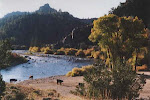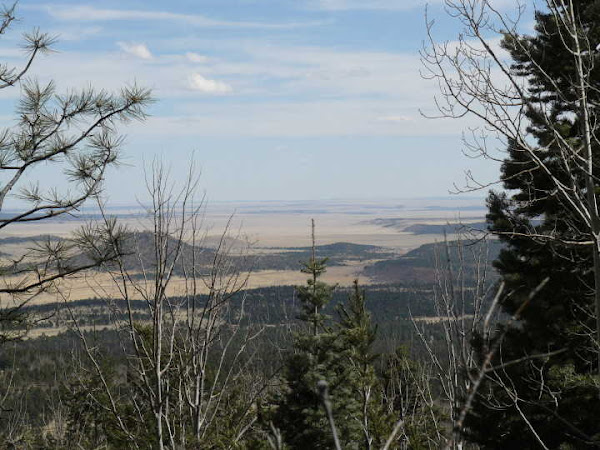Scott Streater, special to E&E
Roger Muggli has worked his family's 1,700-acre farm in east Montana almost the entire length of his 61 years, and he considers the nearby Tongue River to be the very lifeblood of his alfalfa and barley crops.
But three years ago, something happened to the river's water, Muggli said, as routine irrigation began turning the Custer County farm's once-rich soil the consistency of mayonnaise. The soils could not hold the plant material, he said, and within weeks, large sections of his crops turned yellow and died.
"It looked like this slime had fallen out of the sky," he said. "I picked up a handful of dirt, and it just squirted all over the place. It was terrifying."
The culprit was salt in the river water, which when mixed with clay soils turned the cropland into a soggy mush.
Muggli and Montana state regulators believe the high salt content is at least partly the result of deep groundwater extraction by coalbed methane (CBM) operations in neighboring Wyoming -- one of the nation's leading producers of coalbed methane. The water, pumped by the millions of gallons from coal seams to help coax gas to the surface, is then routinely pumped back into the Tongue River and other watersheds by CBM operators, where it indiscriminately mixes with downstream water supplies.
In an effort to protect farmers like Muggli from upstream CBM discharges, Montana -- with U.S. EPA's backing -- adopted stringent water quality regulations governing salinity in its portions of the Tongue, Powder and Little Powder rivers, all of which drain from Wyoming.
But Montana's regulations are now in jeopardy following a Wyoming federal judge's ruling this month that held EPA, when approving the regulations, failed to properly review studies and other arguments made by the natural gas industry that Montana's water-quality standards "were not based on sound science."
 |
| The Tongue River is one of several shared waterways between Wyoming and Montana that has become subject to a legal battle between the states over coalbed methane water discharges. Montana regulations aimed at limiting high-sodium wastewater from CBM operations were struck down in federal court. Photo courtesy of USGS. |
What's more, "The EPA simply has failed to articulate the basis for its action," U.S. District Judge Clarence Brimmer in Cheyenne, Wyo., wrote in an Oct. 13 ruling stemming from an industry lawsuit challenging Montana's regulations. CBM producers have argued, among other things, that the regulations would stifle domestic energy production at a time when the Obama administration has made it a national priority.
The state of Wyoming has also argued in court filings that it is not required under the Clean Water Act to ensure industry compliance with Montana's water-quality standards.
Brimmer's ruling, while up for appeal, has left Montana regulators and their federal counterparts scrambling for a solution to what many in Montana believe could become the West's next major water war. While Montana's salinity standards continue to apply to CBM operations at home, officials say cleaning up the water coming from Wyoming is paramount to protecting Montana's cropland and ranchland.
........continued.........









